Old Sun Junior Dormitories
This computer reconstruction approximates how the Junior Girls Dormitory at Old Sun Indian Residential School would have appeared. The reconstruction was created using historic photographs as well as descriptions provided by former students.
I want to get rid of the Indian problem….Our objective is to continue until there is not a single Indian in Canada that has not been absorbed into the body politic and there is no Indian question and no Indian Department.” – Duncan Campbell Scott, Deputy Superintendent of Indian Affairs.
Revisiting Old Sun’s Dormitories Using 3D Computer Modeling
Throughout its life, the architecture of Old Sun has been continuously modified to accommodate its evolving functions – first as a residential school, and later as an Indigenous post-secondary institution. In order to understand how different areas of the building appeared at various points in its long history, 3D computer models were recreated for key areas like the classrooms, chapel, and dormitories. Computer scientist Dr. Katayoon Etemad utilized the laser scanning data along with historic pictures and accounts from survivors to reconstruct how the Junior Girls Dormitory might have appeared during the 1960’s. The process used was iterative, meaning that Dr. Etemad began by creating a basic computer model using archival images. Angeline Ayoungman and Gwendora Bear Chief would then review the model and suggest changes. Dr. Etemad would make the necessary alternations and send the model back to Angeline and Gwendora for further comment. This “back and forth” process continued until Ayoungman and Bear Chief were satisfied with the outcome.
From the color of mattresses and the arrangement/spacing of beds to the cupboards where the personal belongings of students were locked away, each minute detail was meaningful. The result is a close approximation of how this room would have appeared to students attending the school during the 1960’s.
Old Sun Junior Girls’ Dormitory

The Junior Girl’s Dormitory was located at the north end of the third floor. This area of the school was later renovated to be split into two of the classrooms currently used for Old Sun Community College courses.
When in operation as a residential school, this large dormitory space housed girls between 4 and 13 years of age. The dormitory would have accommodated about 30 single beds, with just enough space to walk between them. The beds had thin mattresses with grey wool blankets, called ikiikinai’piisti, which means lonely blanket in Blackfoot. Students were sent to bed at 7:30PM, regardless of the day or time of year. Since the windows in the dormitories did not have any coverings, this made it difficult for students to sleep during the summer months when darkness comes much later in the evening. Once sent to bed, children were not allowed to engage in any activities in the dorms.
One wall of the dormitory featured floor to ceiling brown cabinets. When students arrived at the school, they would be assigned a number and their original clothes would be put in a white sac and stored in these cupboards. Vivian Ayoungman, a former student of Old Sun, said “you put your clothes, language, and culture in a bag and tie it up and leave it in there because you won’t need it for the week.”
The school would issue students two sets of clothes to wear while in attendance, and students would be given back their original clothes Thursday night which would be wrinkled when students wore them Friday morning to go home in. Some girls would stay in the dormitories for the weekend, reporting that the rules were less strict.
Adjacent to the dormitory was a staff sleeping room, which had a supervisors’ viewing window for the dormitory. Through this window students, their activities, and their language could be constantly monitored by staff. Children were constantly supervised but in a way which did not give them any comfort of having adult caregivers.
The only personal space in the dormitory was a hook with the students’ number on it, as students would be referred to by their number instead of their name for attendance. In the back corner of the room was one small washroom with a toilet in it, and a single sink along the wall open to the rest of the dormitory. While students had limited privacy, the strict rules of the school also meant students were constantly lonely. This was especially true for the junior dormitories where children were younger and more scared, survivors remember that children would often cry themselves to sleep here.
Old Sun Junior Boys’ Dormitory

The classrooms located on the south end of the third floor once served as the Jr Boys’ dormitory. Renovations have since divided the single large space of the dormitory into two separate lecture spaces used for Old Sun Community College courses.
This large dormitory space was occupied by boys aged 6 to 12 and would have accommodated about 30 single beds, with just enough space to walk between them. Ernest Barry Yellow Fly remembers if students were making noise, “the supervisor would walk around the dorm where we slept. He would take off his shoe, his shoes, he would hit us on the head. He would walk to each one of us, hitting us on the head. Then he would shut the light off.”
The boys dormitory was organized the same way as the girls dormitory, and contained the same floor to ceiling cabinets, thin grey mattresses, ikiikinai’piisti (lonely blanket), and numbered hooks. As with the girls, the boys were under almost constant surveillance by the supervisor via a small viewing window.
Overcrowding
By the early 1940’s, overcrowding at residential schools such as Old Sun had reached an all time high. Adjustments were made to accommodate students including moving extra beds into rooms formerly used as bathrooms. Following a fire at Old Sun in 1928, school administrators housed ill students at a nearby hospital instead of the school’s infirmary (located on this floor) in case beds were needed for extra students. Likewise, in 1937, Principal Balter requested 24 institution bed packages (bed frame, mattress of five and a half feet, pillow) for Blue Quills, but it was denied despite the school having seven more students than the bed capacity allowed. To accommodate those students, the school took beds from the sick ward, an unsustainable arrangement.
This image gallery shows historic and modern photos of Old Sun College's dormitories. Click on photos to expand and read their captions. If you have photos of Old Sun that you would like to submit to this archive, please contact us at irsdocumentationproject@gmail.com.
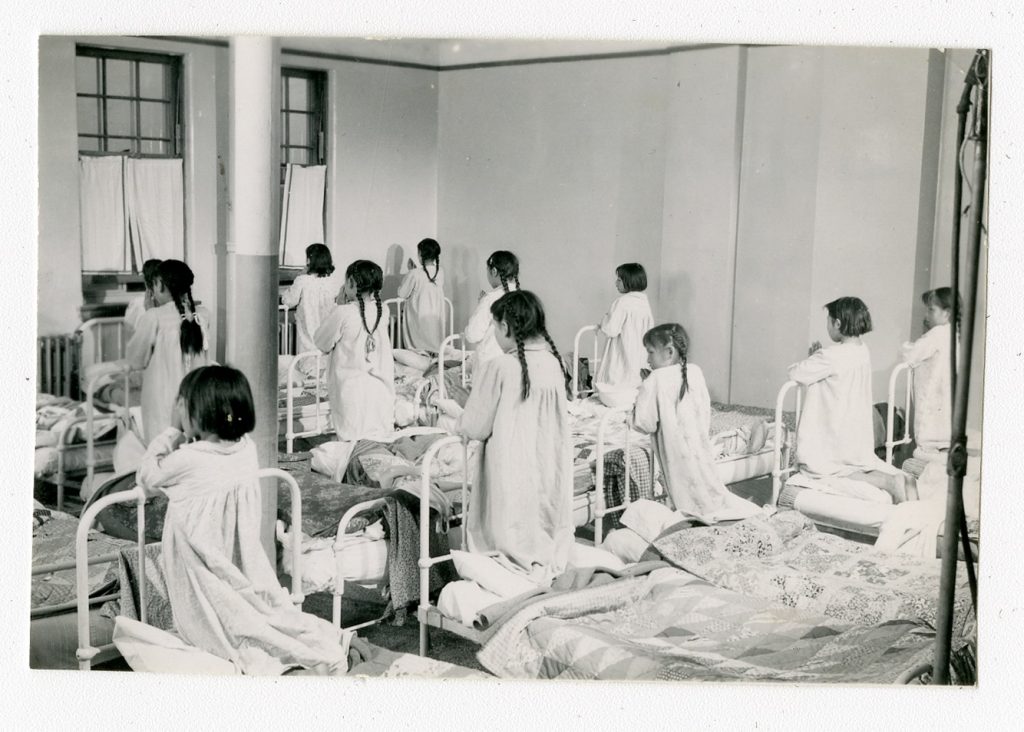
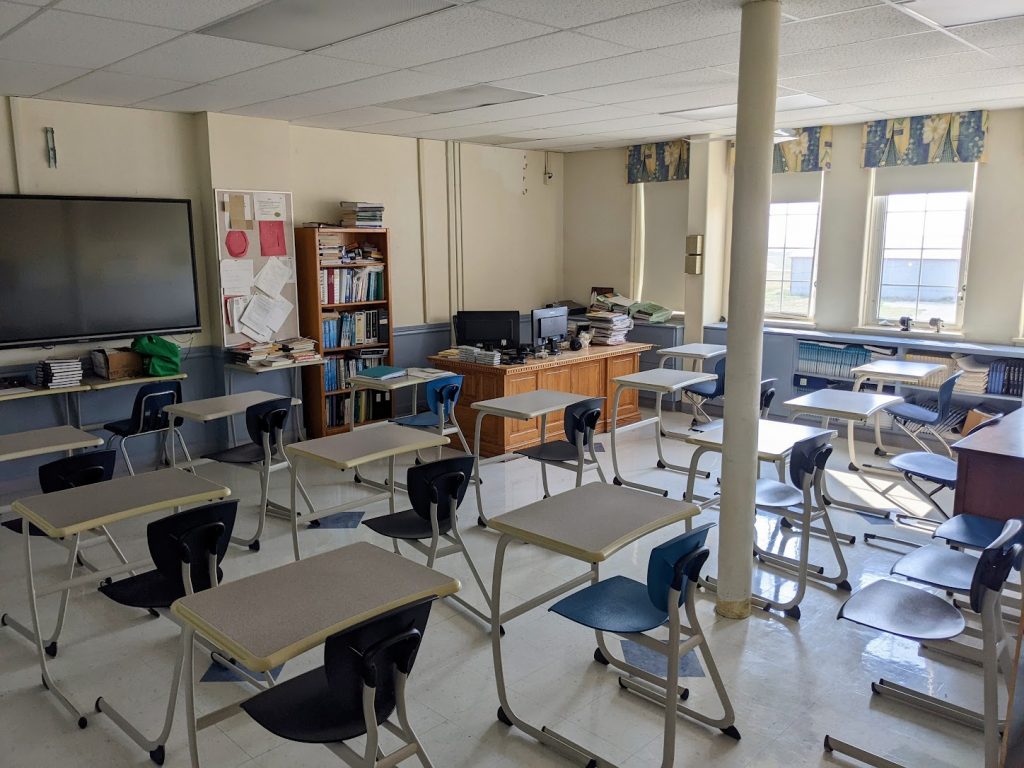
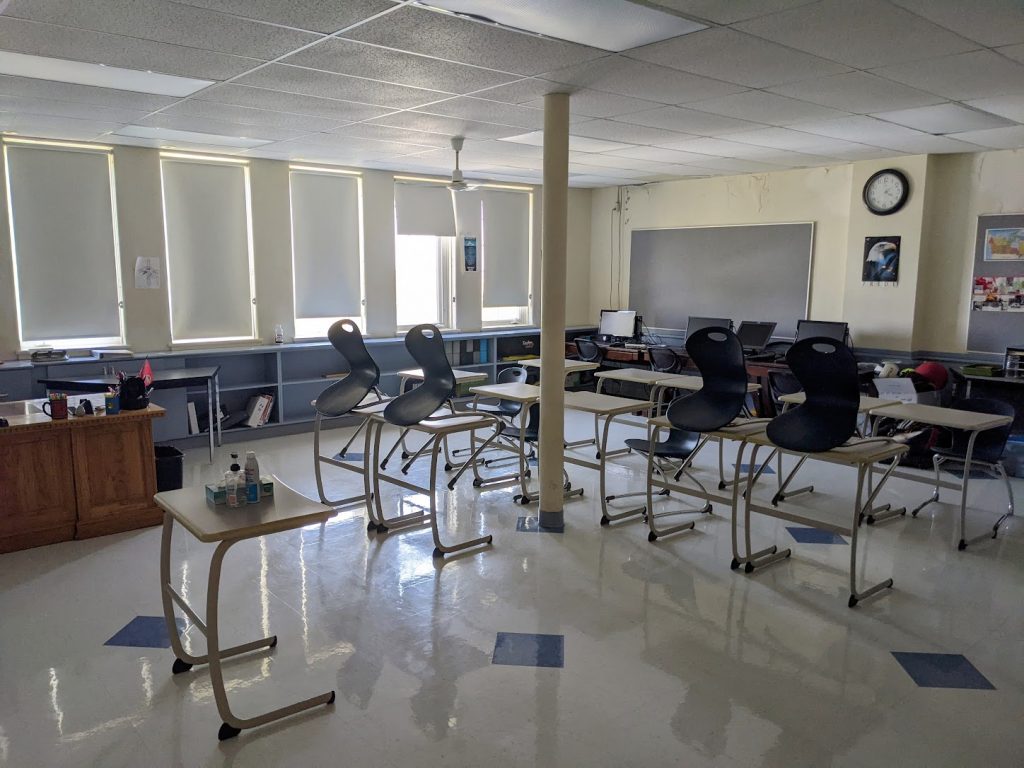
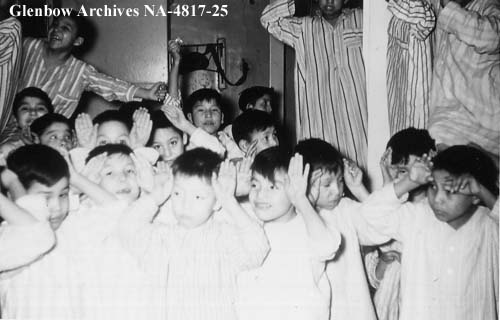
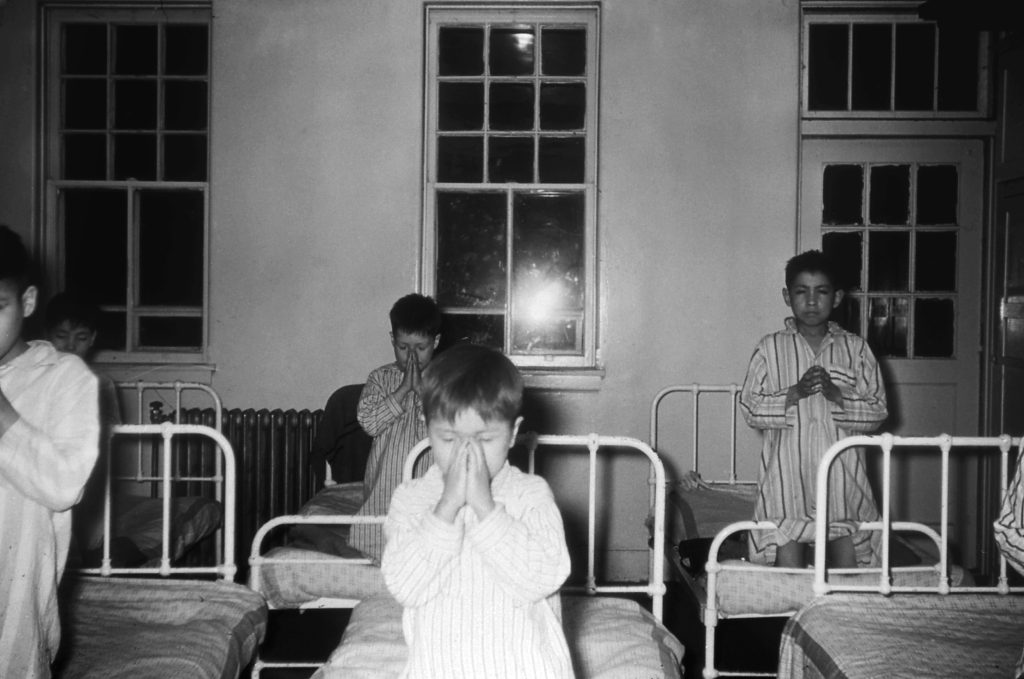
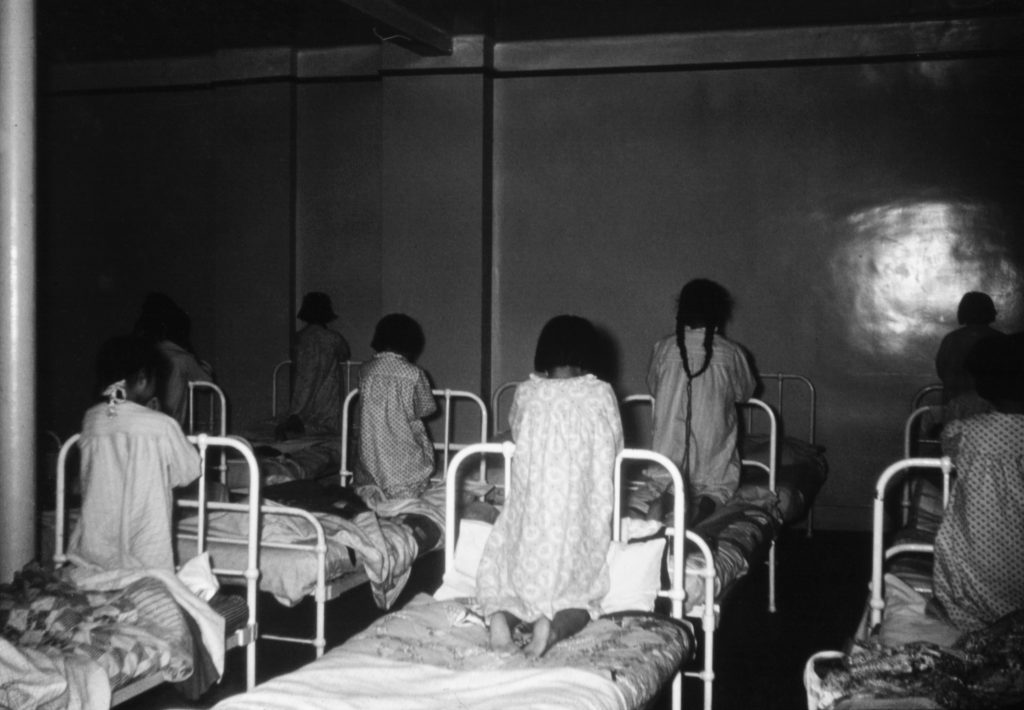
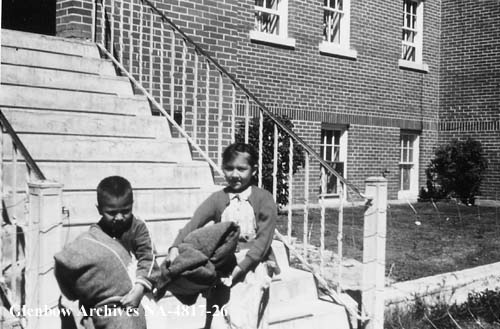
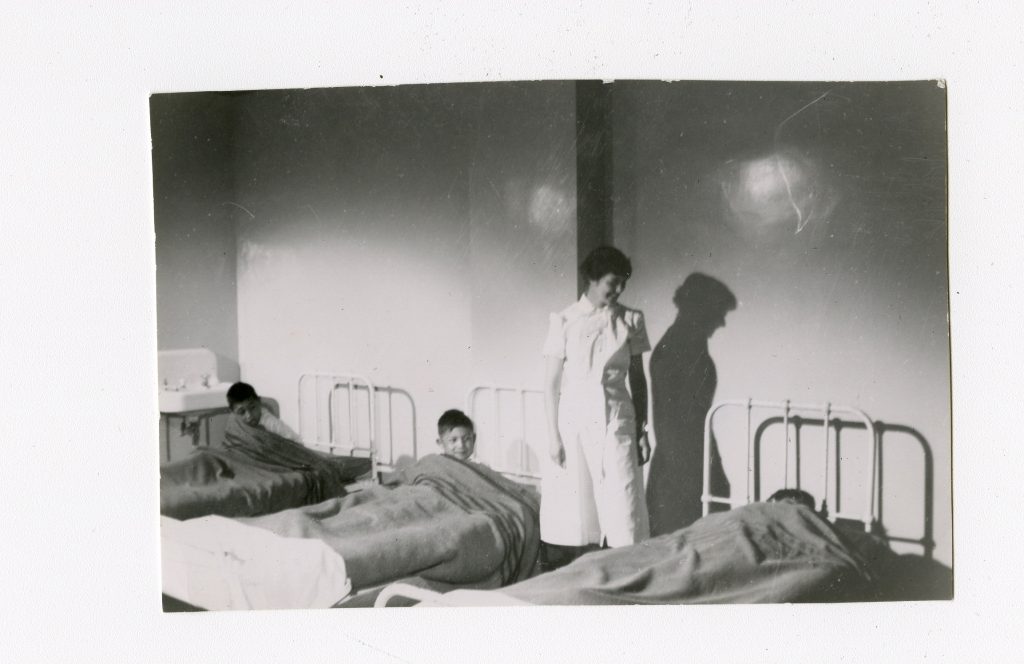

![Junior boys resting - [193-?]. P75-103-S7-167. The General Synod Archives, Anglican Church of Canada](https://irs.preserve.ucalgary.ca/wp-content/uploads/P75-103-S7-167.jpeg)
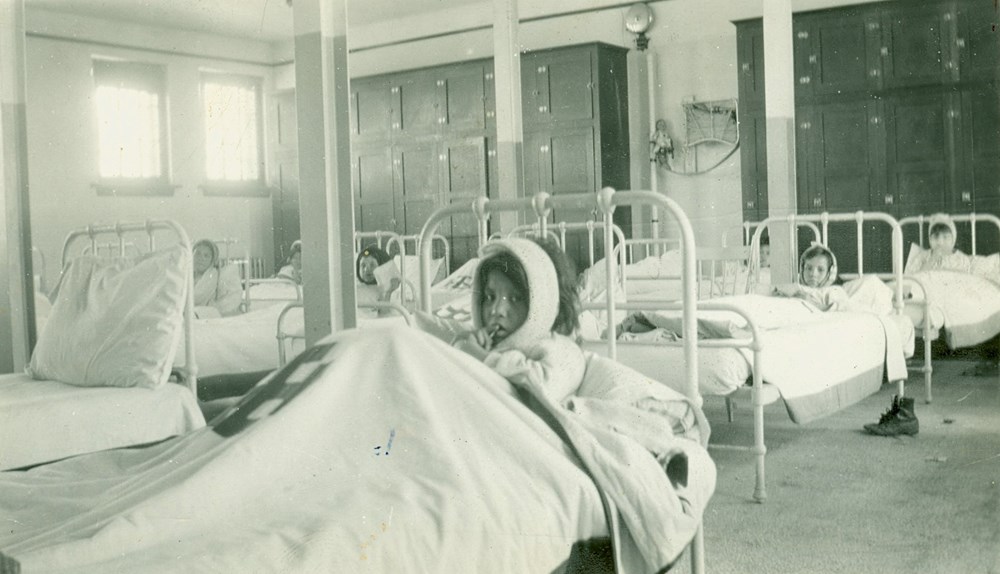

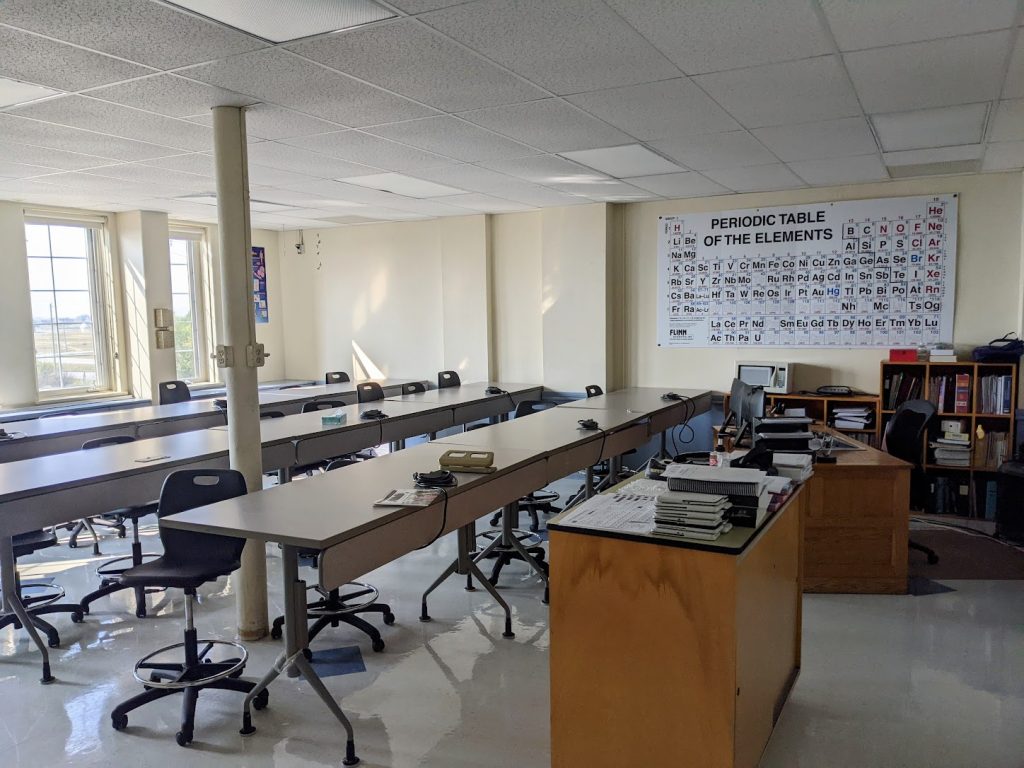
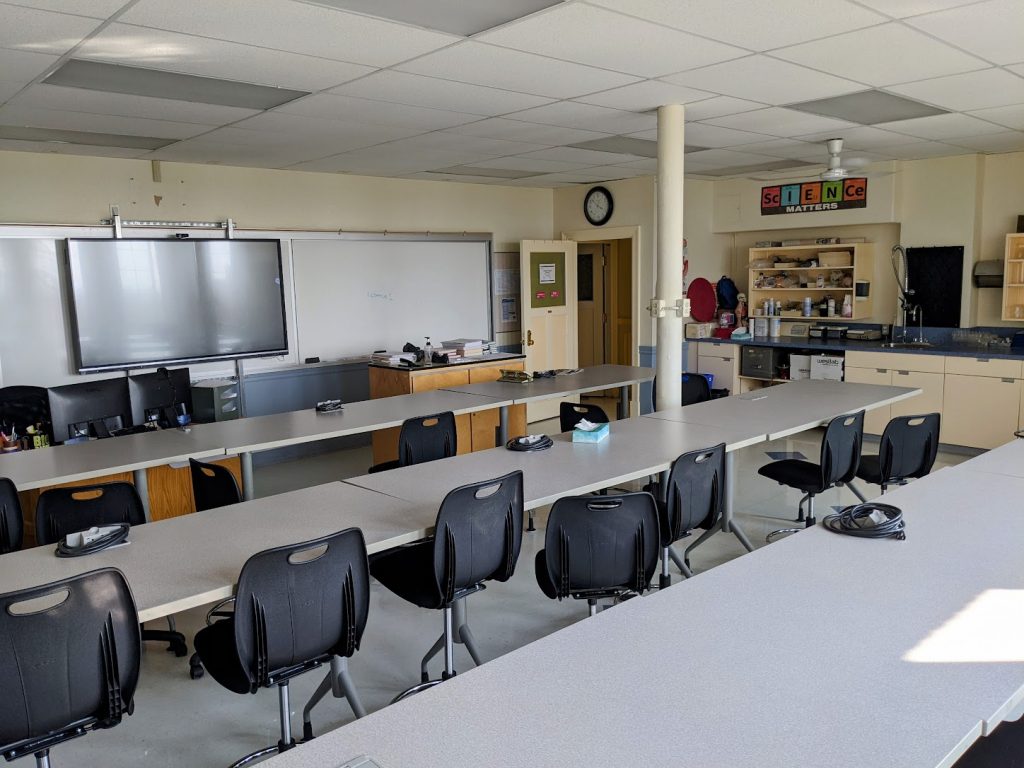
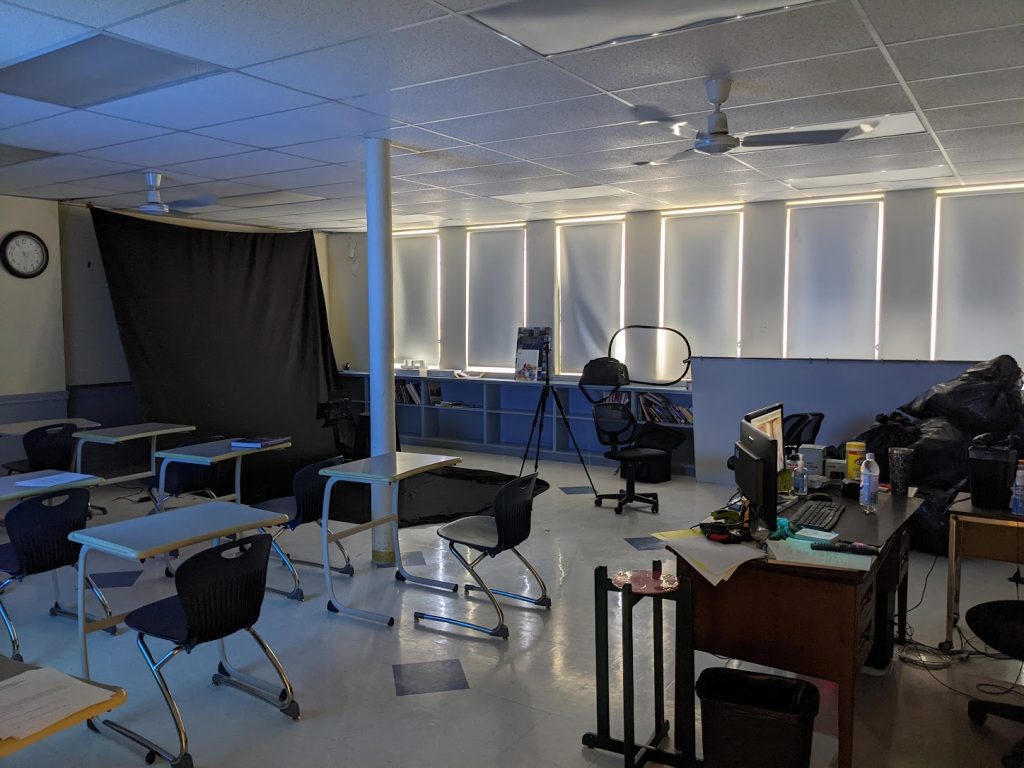
Mandel Old Woman- It’s Making Me Hurt
And one thing I never knew, I never knew… I never noticed this one thing that happened to me. It was just that when we shower, and when we shower the, well his name is, umm, Mr. Bolton. I still know, I still know Mr. Bolton, umm I don’t know, to this day I still I don’t I don’t want, I still have regrets against him. I don’t know. it’s hard to forgive. I don’t know. I just… I don’t know, I just pray about it. I don’t know what’s going to happen. I don’t know if he’s still alive. And anyway ,what’s an awful thing like, umm like I just found out for myself by looking at it… like that’s, that’s, I think kind of sexual, sexual abuse. Him standing there just looking at us. You know showering and touching us and, you know, our ears and… you know. We have to use a, like steel, like those hard steel brushes to scrub our, our umm like our elbows and our knees.. and you know we can’t get any cleaner than that. You know, scrubbing and there’s just red marks on our elbows, knees, and you know… that’s very awful. You know its, it’s these things, there’s lot of things that I could, you know, could keep talking, and talking. You know, the things that like.
And at nights you get hungry but what are you supposed to eat? We don’t get nothing. We’re in bed about by 4, 5 o’clock in the evening. We don’t even have playing time outside. You know just maybe half an hour… and there, he’s still staying there just watching over us over the window. And I don’t know what, I don’t know what’s going, become of that. I mean what I’m saying… Every move you know, he’s right there, and you know. We can’t do nothing. And at the same time, I never knew, he gives us um I think olive, that olive… I think it’s that olive oil or whatever. I never knew. Cod liver I should say cod liver oil. And I never knew, I never, never, that I don’t know what that does to us. I never did like that. And like umm yeah, so I didn’t like that. The soda to brush our teeth. We have, to umm… and we can’t have any rips on our clothes or anything like our runners, or like our, like our clothes they are ripped, we get punished for that.
And yeah, there’s so many things I don’t know like, umm… Just give me a minute… umm that’s kind of bringing bad memories. It’s making me hurt. Just a minute.
[long pause, speaker very emotional]
Yeah, it’s just so awful, it’s making me hurt and angry, coming back to it. I really want to finish this interview. You know I was just thinking about it.
Just give me a minute.
[long pause, speaker very emotional]
I say that wasn’t our home I mean, that was our home. We never got to see our parents.
I think I’ll just end off here.
Okay.
-Mandel Old Woman
Notes:
Oral interview with Mandel Old Woman. Conducted, translated, and transcribed by Gwendora Bear Chief. Old Sun Community College, May 5, 2022.

Explore Floors and Rooms
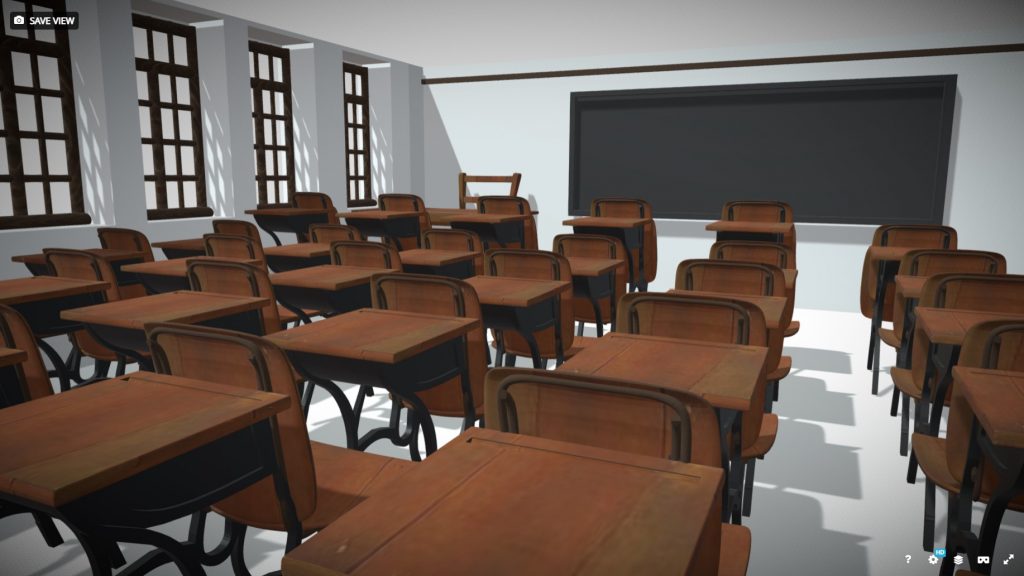
Old Sun Classroom
This computer reconstruction approximates how clas…
Read more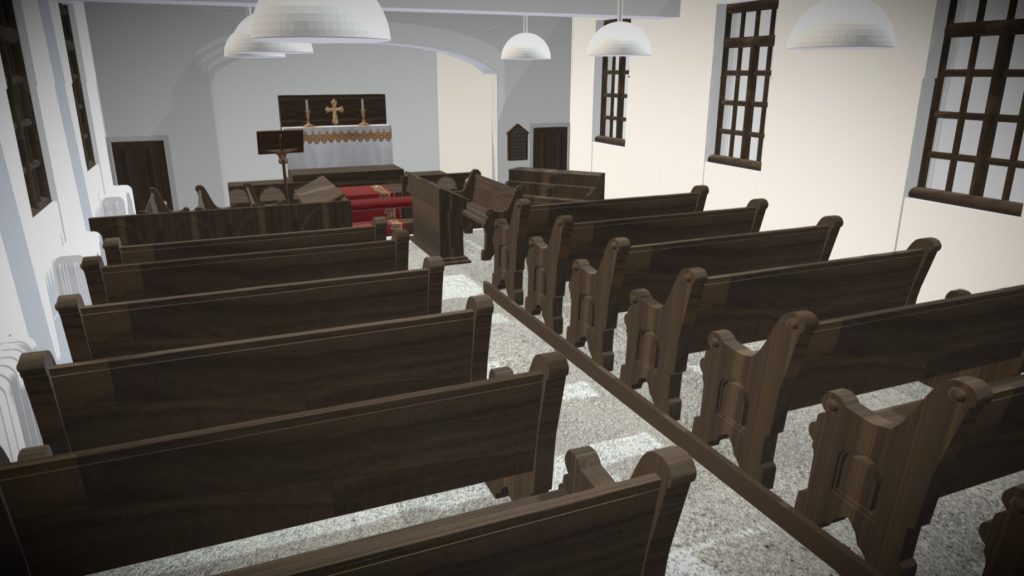
Old Sun Chapel
This computer reconstruction approximates how the…
Read more
Old Sun Boiler Room
The boiler room and former coal shoot at Old Sun C…
Read more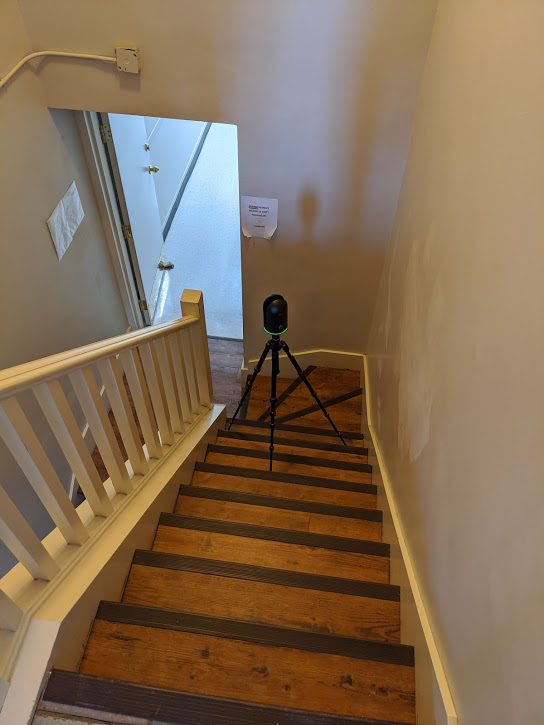
Old Sun Annex
The Annex at Old Sun Community College. This Area…
Read more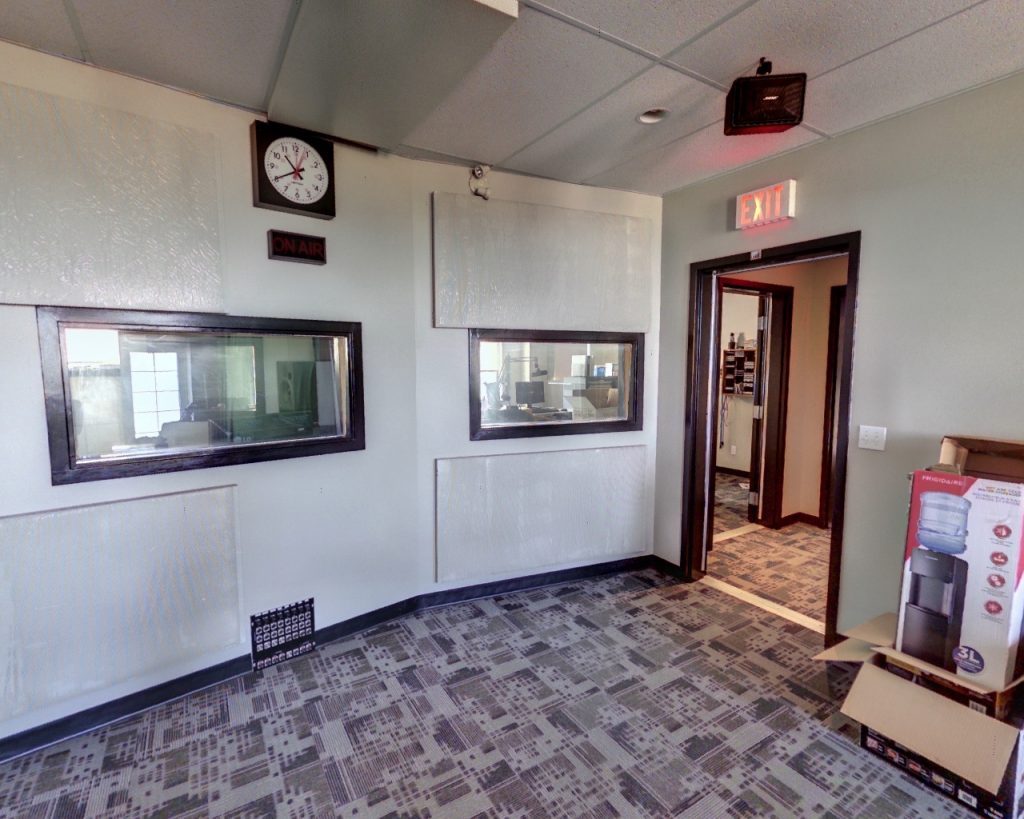
Old Sun Community College Fourth Floor
The Fourth Floor of Old Sun Community College (OSC…
Read more
Old Sun Community College Third Floor
The Third Floor of Old Sun Community College (OSCC…
Read more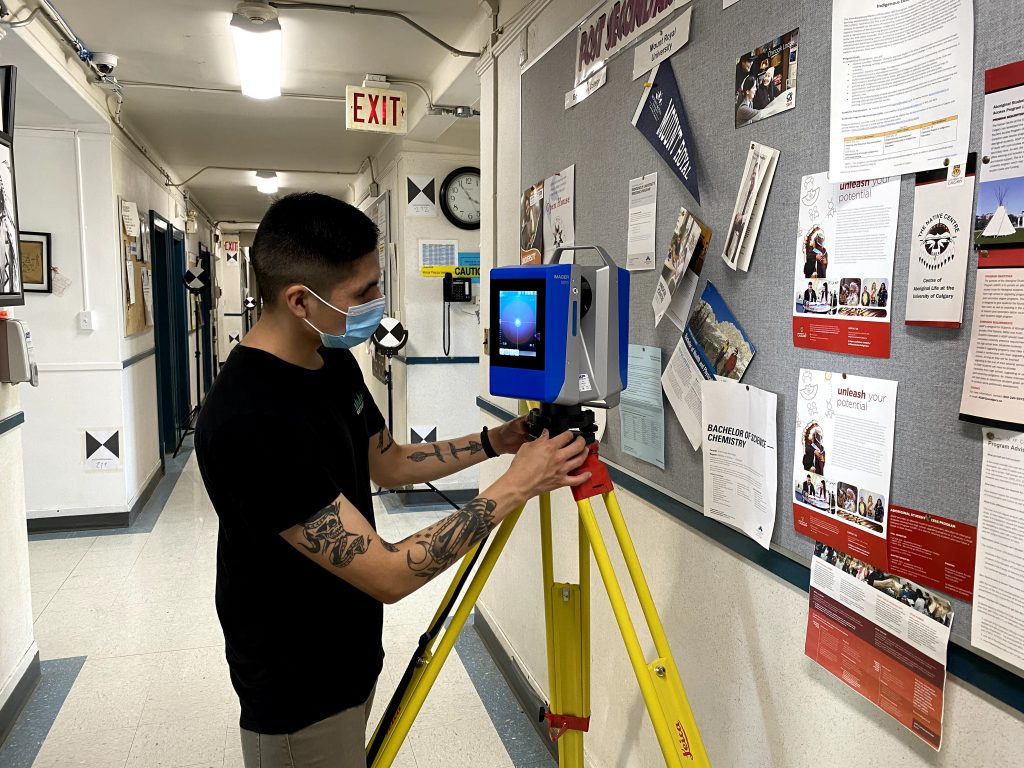
Old Sun Community College Second Floor
The Second Floor of Old Sun Community College (OSC…
Read more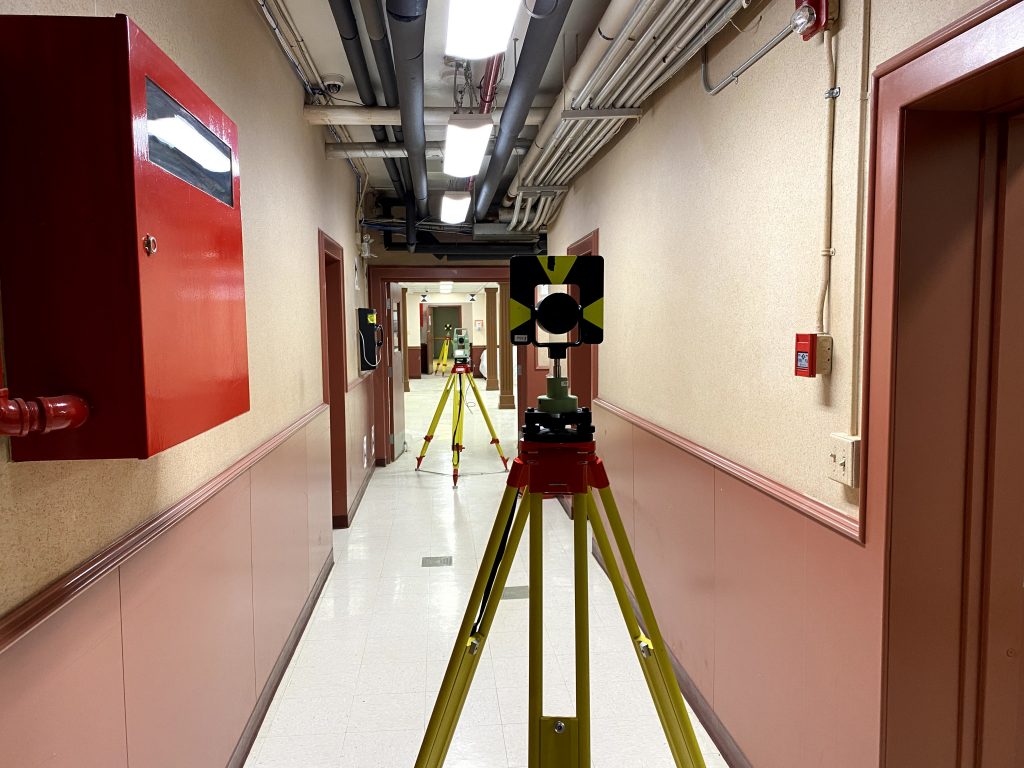
Old Sun Community College First Floor
The First Floor/Basement of Old Sun Community Coll…
Read more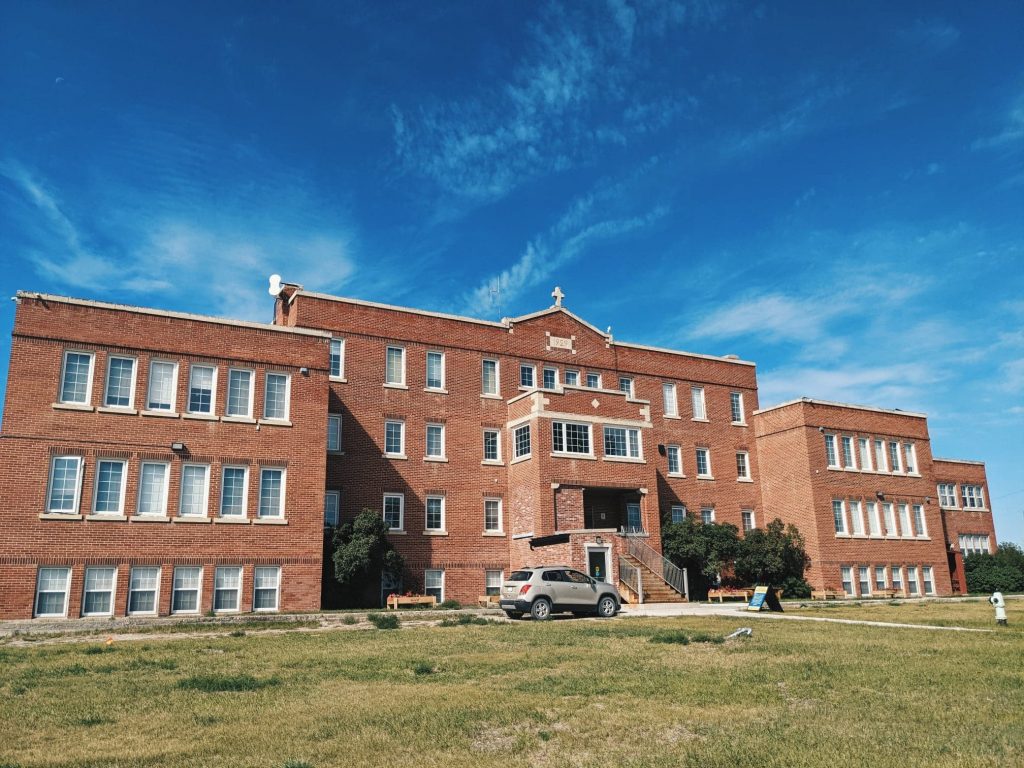
Exterior of Old Sun Community College
Old Sun Indian Residential School operated between…
Read more
